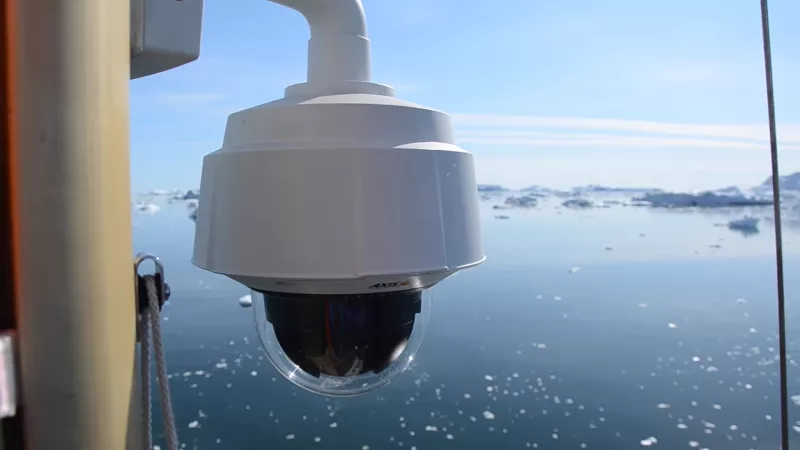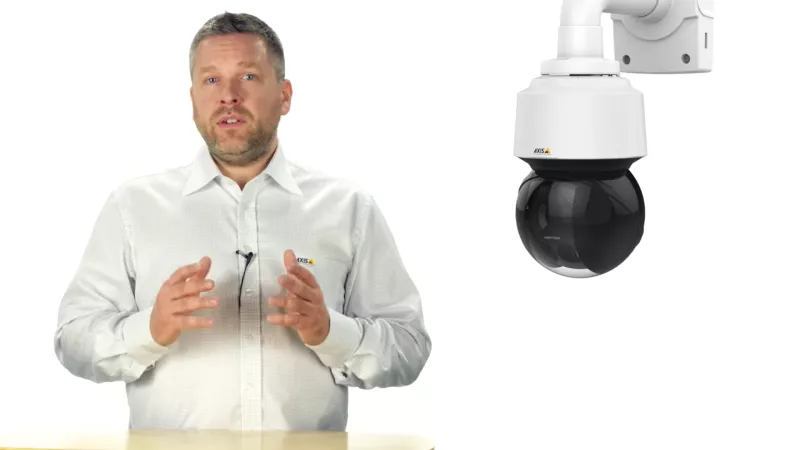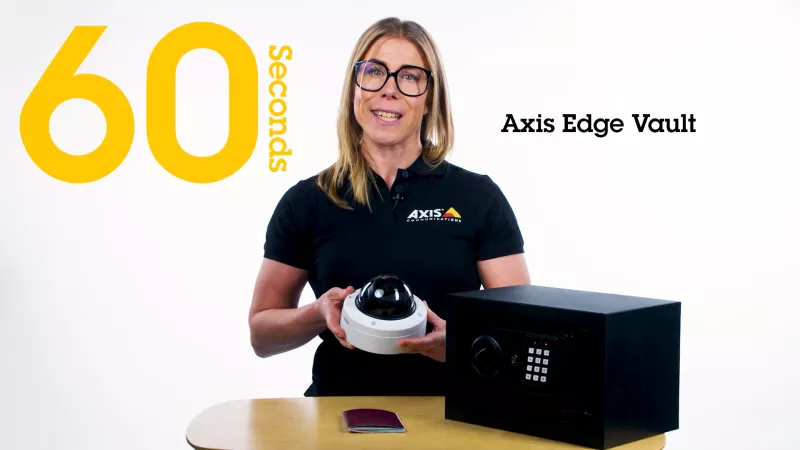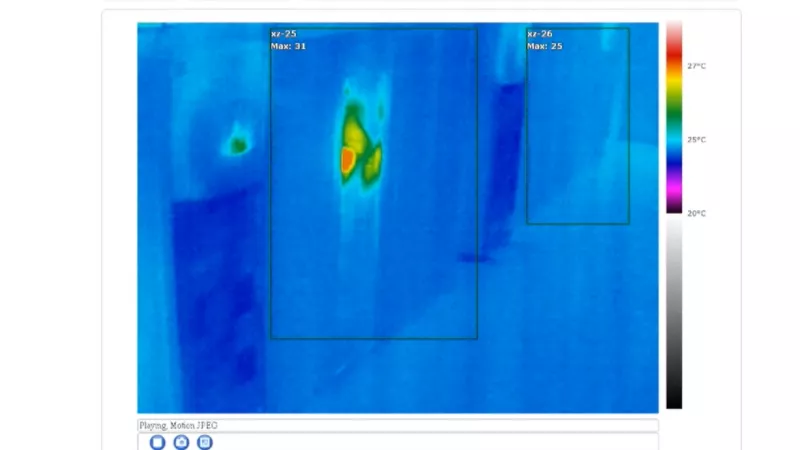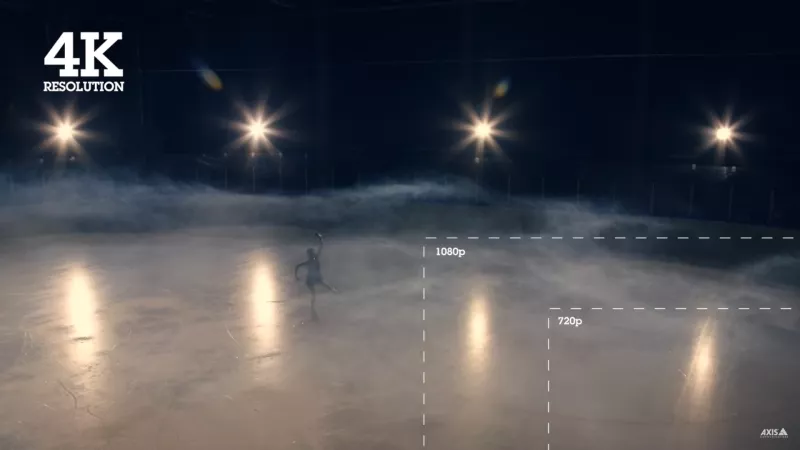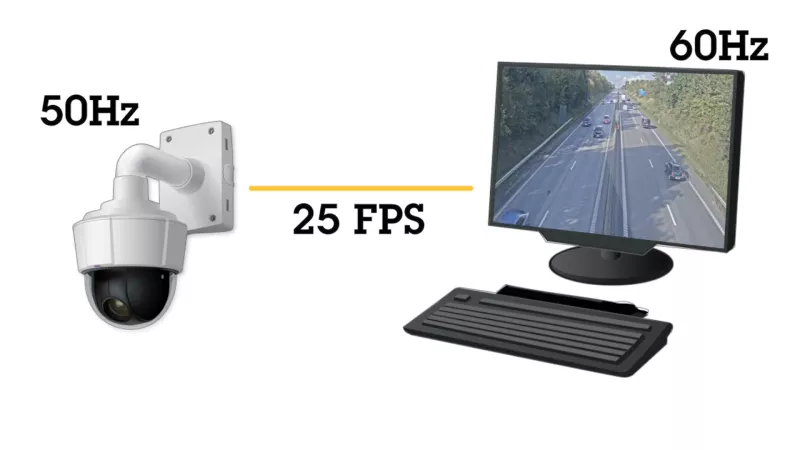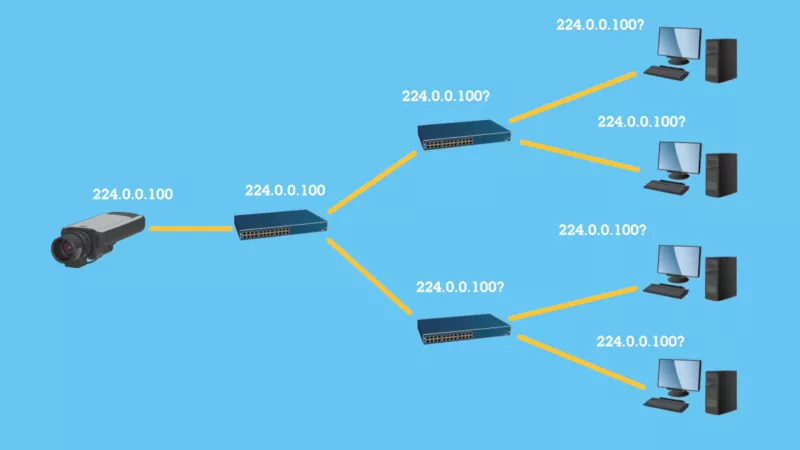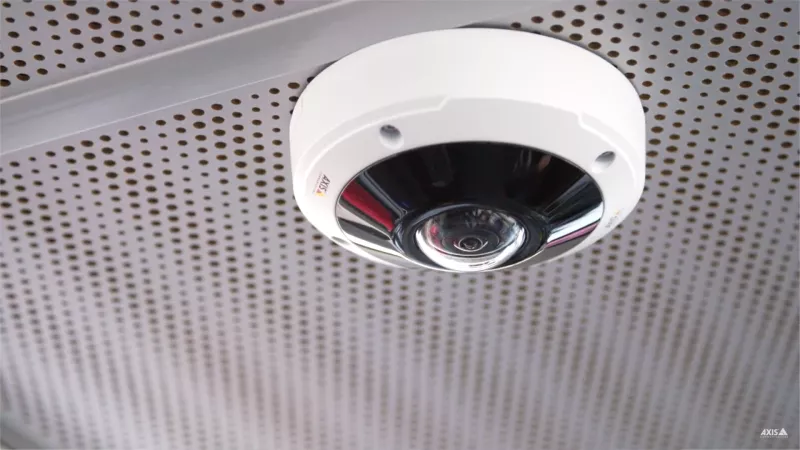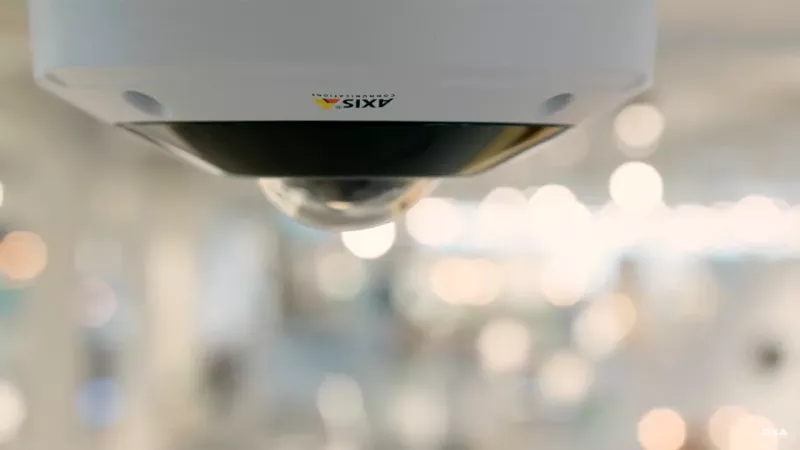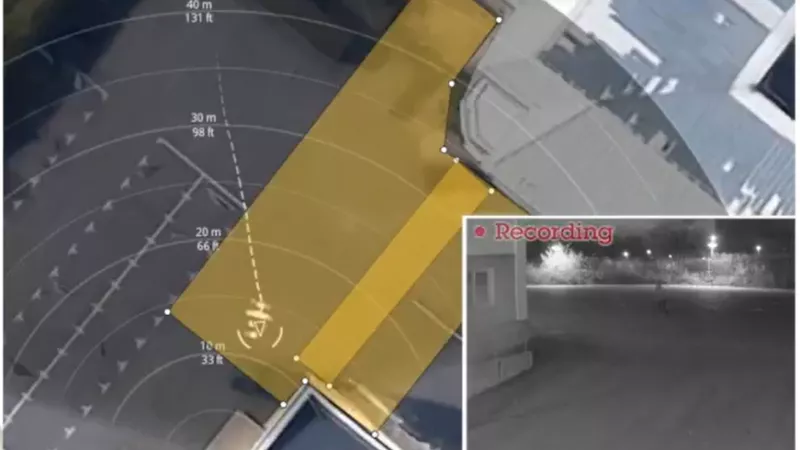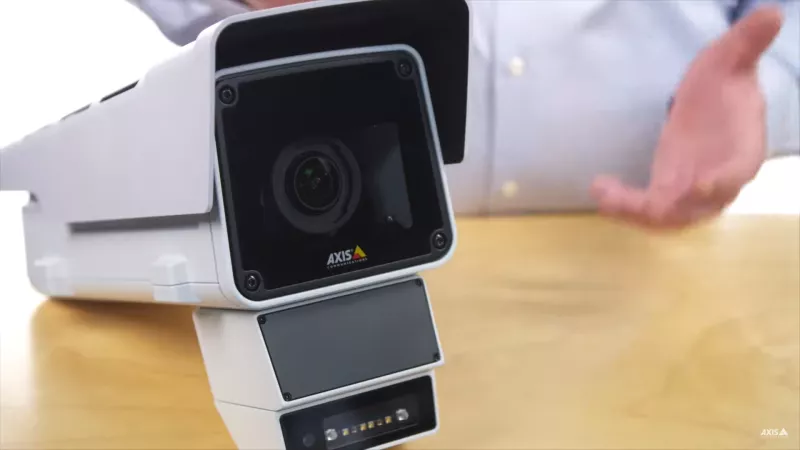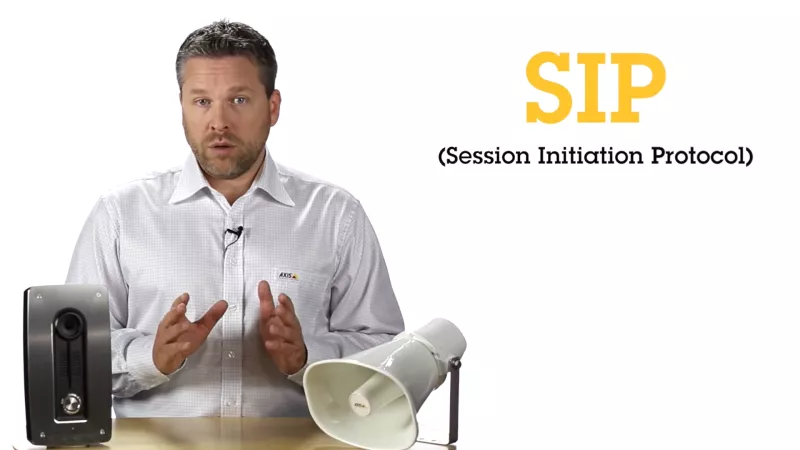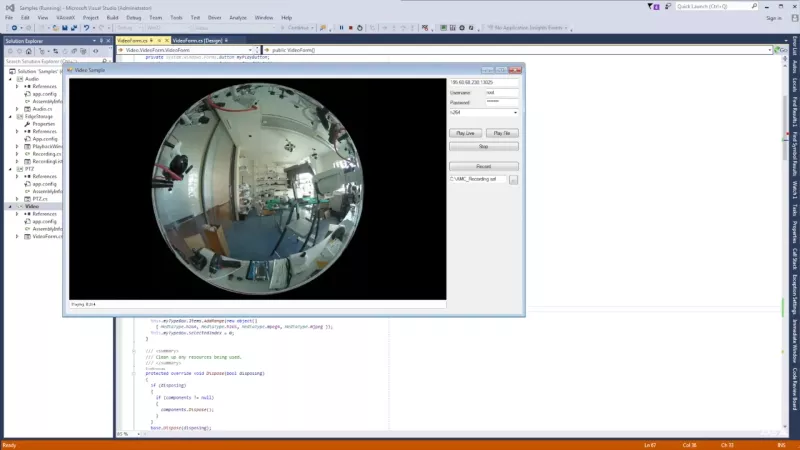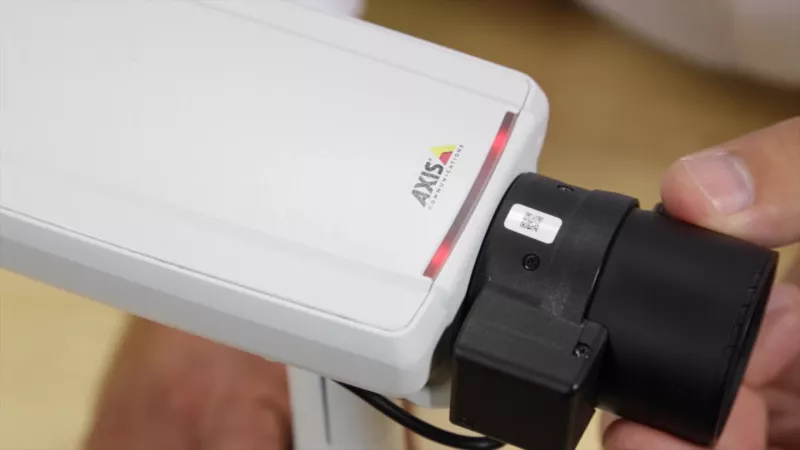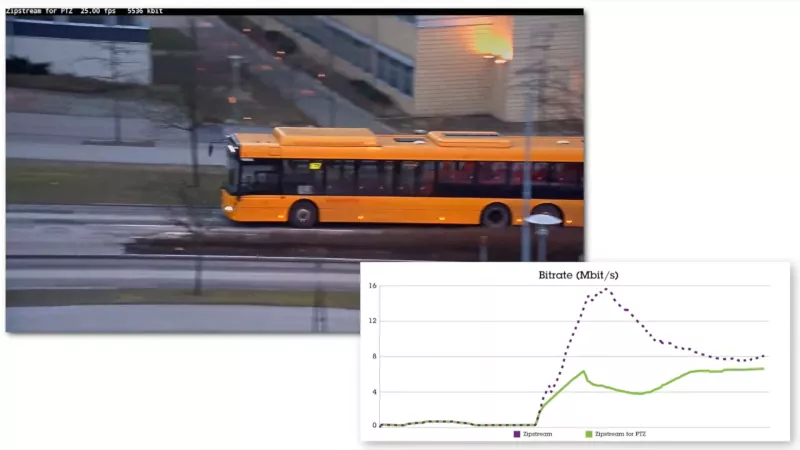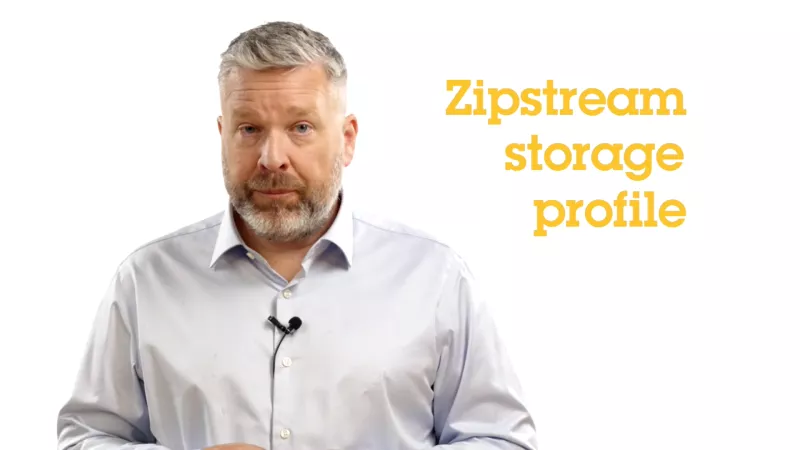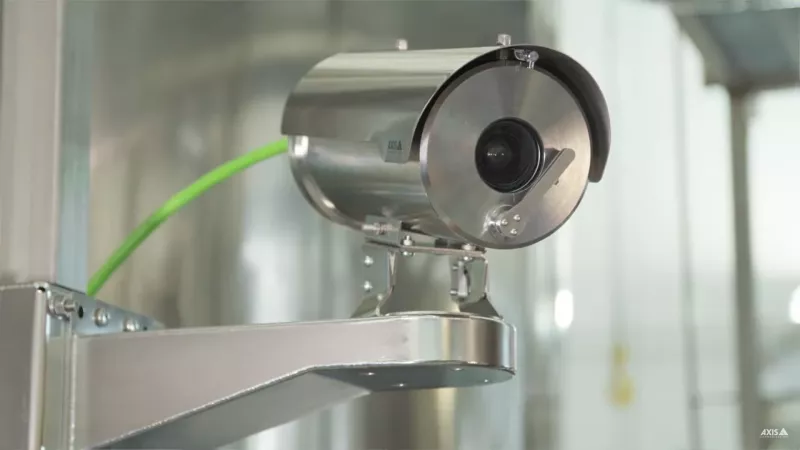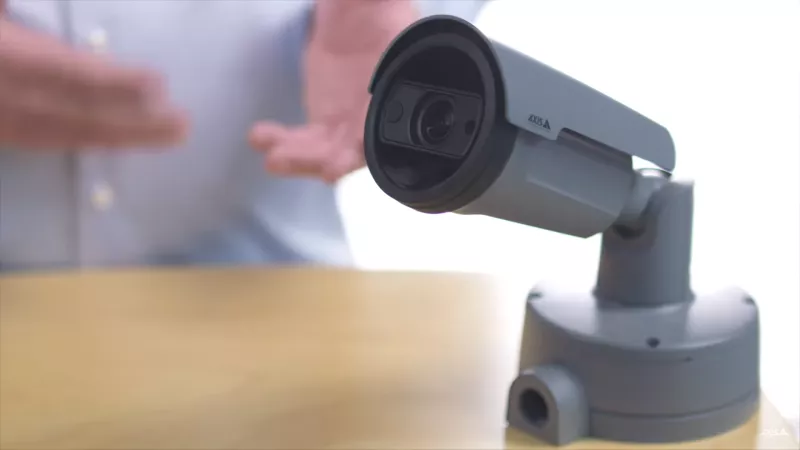Learning portal
This is the gateway to all the learning resources that Axis Communications Academy offers for building your expertise – from training to webinars, to articles, videos, and more, you'll find it here.Compression: H.264 vs Zipstream
In this app, you can compare video compressed using standard H.264 with Axis Zipstream technology, a radically more efficient implementation of H.264. You can see how the bit rate varies depending on the Zipstream level set.
Data center defence with Axis
As data centers expand in size and become more complex, and as their locations spread to meet demand across the globe, how are they being protected from physical threats? In this course you will learn how to secure data centers from perimeter to server rack, how to sell in this space and the importance of TCO.
Read moreFrame rate versus Shutter speed
This application allows you to change the frame rate and shutter speed of three sample videos. These two settings are important in understanding how they affect image quality.
Get to know AXIS Audio Manager family
This course will give you an overview of Axis audio management software and how it can help you efficiently manage and control your network audio system, regardless of size and complexity. You will learn about the three software variants, their features and benefits, and when to choose which variant.
Read moreGet to know Axis body worn solutions
This course provides an overview of Axis body worn solutions. You will learn about the different solution components and how Axis body worn cameras are used. You’ll also explore AXIS Body Worn Live and learn about the graphical interface, device licensing, and how this cloud-based service enables video streaming with location data.
Read morePixel density
Pixel density is usually referred to as pixels per inch (PPI). The higher the PPI, the more detail you’ll find within the image. The Pixel Density application allows you to manipulate different parameters and learn how they affect pixel density.
Virtual light studio
A camera is only as good as the light available. In the Virtual Light Studio application above, you can see how different a scene do appear, depending on how much light there is, what type of light you're using and where you place your lighting.

